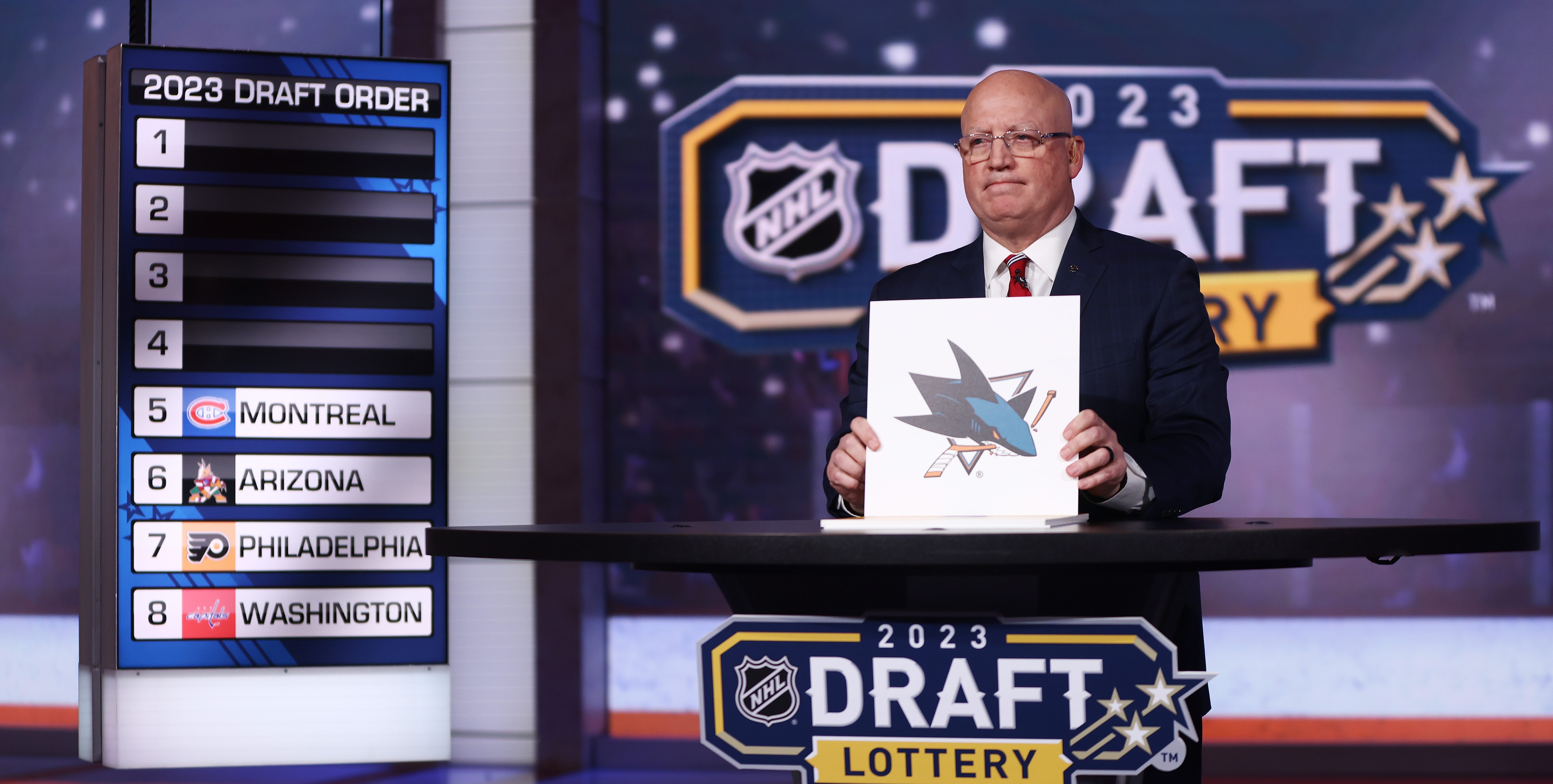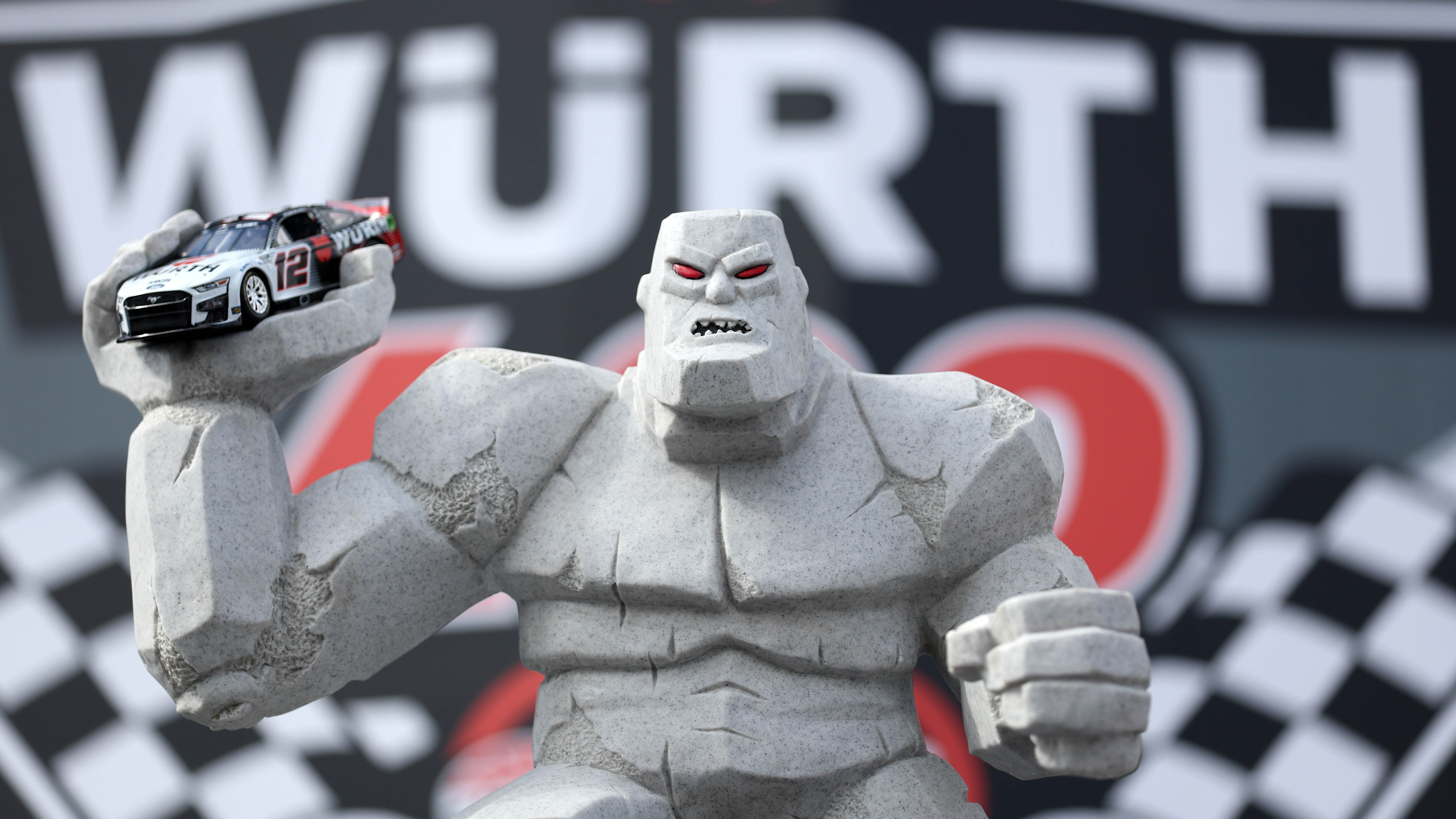Just after the Cowboys’ 2012 season came to an end, I broke down why one aspect of their red zone play-calling may have inhibited their success in the area. Specifically, I noted that most NFL teams find more success passing on first down when outside of the opponent’s 10-yard line because there’s plenty of field with which to work. Inside the opponent’s 10-yard line, however, the field shrinks, making running the ball somewhat advantageous over passing on early downs.
Today, I’m going to examine exactly how the Cowboys—a team that probably passed too often in the red zone in 2012—attacked defenses through the air. Let’s take a look at red zone targets and success for each Cowboys player this season.
Miles Austin: 11 targets, 5 receptions (45.5 percent) for 55 yards, 2 TD (18.2 percent)
- Average LOS: 11-yard line
Cole Beasley: 5 targets, 1 reception (20.0 percent) for 7 yards, 0 TD
- Average LOS: 12-yard line
Dez Bryant: 14 targets, 9 receptions (64.3 percent) for 52 yards, 4 TD (28.6 percent)
- Average LOS: 11-yard line
Lance Dunbar: 3 targets, 1 reception (33.3 percent) for -4 yards, 0 TD
- Average LOS: 10-yard line
James Hanna: 2 targets, 0 receptions
- Average LOS: 10-yard line
Dwayne Harris: 5 targets, 2 receptions (40.0 percent) for 20 yards, TD (20.0 percent)
- Average LOS: 15-yard line
Andre Holmes: 1 target, 1 reception (100 percent) for 3 yards, 0 TD
- Average LOS: 14-yard line
Felix Jones: 3 targets, 2 receptions (66.7 percent) for 21 yards, 2 TD (66.7 percent)
- Average LOS: 11-yard line
DeMarco Murray: 3 targets, 3 receptions (100 percent) for 9 yards, 0 TD
- Average LOS: 13-yard line
Kevin Ogletree: 7 targets, 4 receptions (57.1 percent) for 35 yards, 2 TD (28.6 percent)
- Average LOS: 15-yard line
John Phillips: 1 target, 1 reception (100 percent) for 1 yard, 1 TD (100 percent)
- Average LOS: 1-yard line
Lawrence Vickers: 1 target, 0 receptions
- Average LOS: 7-yard line
Jason Witten: 15 targets, 8 receptions (53.3 percent) for 69 yards, 3 TD (20.0 percent)
- Average LOS: 14-yard line
There’s a lot of interesting information here, but it’s important that we don’t immediately draw conclusions regarding each player’s red zone effectiveness. Witten led the Cowboys with 15 red zone targets, but even that isn’t a large enough sample size to determine Witten’s red zone efficiency.
Sports Connection
Connecting you to your favorite North Texas sports teams as well as sports news around the globe.
Still, it’s interesting to see where Tony Romo went with the football inside the opponent’s 20-yard line. Bryant (14), Austin (11), and Ogletree (7) checked in behind Witten in red zone targets. Based solely on what we know about each player, you’d certainly like to see Bryant’s total red zone targets lead the team. He’s one of the premiere wide outs in the NFL once the ball is in the air, and there’s no reason that his red zone looks should make up only 11.7 percent of his overall target count. Further, despite his two red zone scores, you don’t want to see Ogletree with a higher red zone target rate (12.7 percent) than Bryant.
Interestingly, the average line-of-scrimmage for red zone passes to Witten was the opponents’ 14-yard line. Witten’s red zone usage is particularly remarkable because he had only two targets inside the opponents’ 10-yard line all season. When forced to throw in an area that’s extremely condensed, the Cowboys could be well-served by utilizing Witten a bit more often.
Jonathan Bales is the founder of The DC Times. He writes for DallasCowboys.com and the New York Times. He's also the author of Fantasy Football for Smart People: How to Dominate Your Draft.



